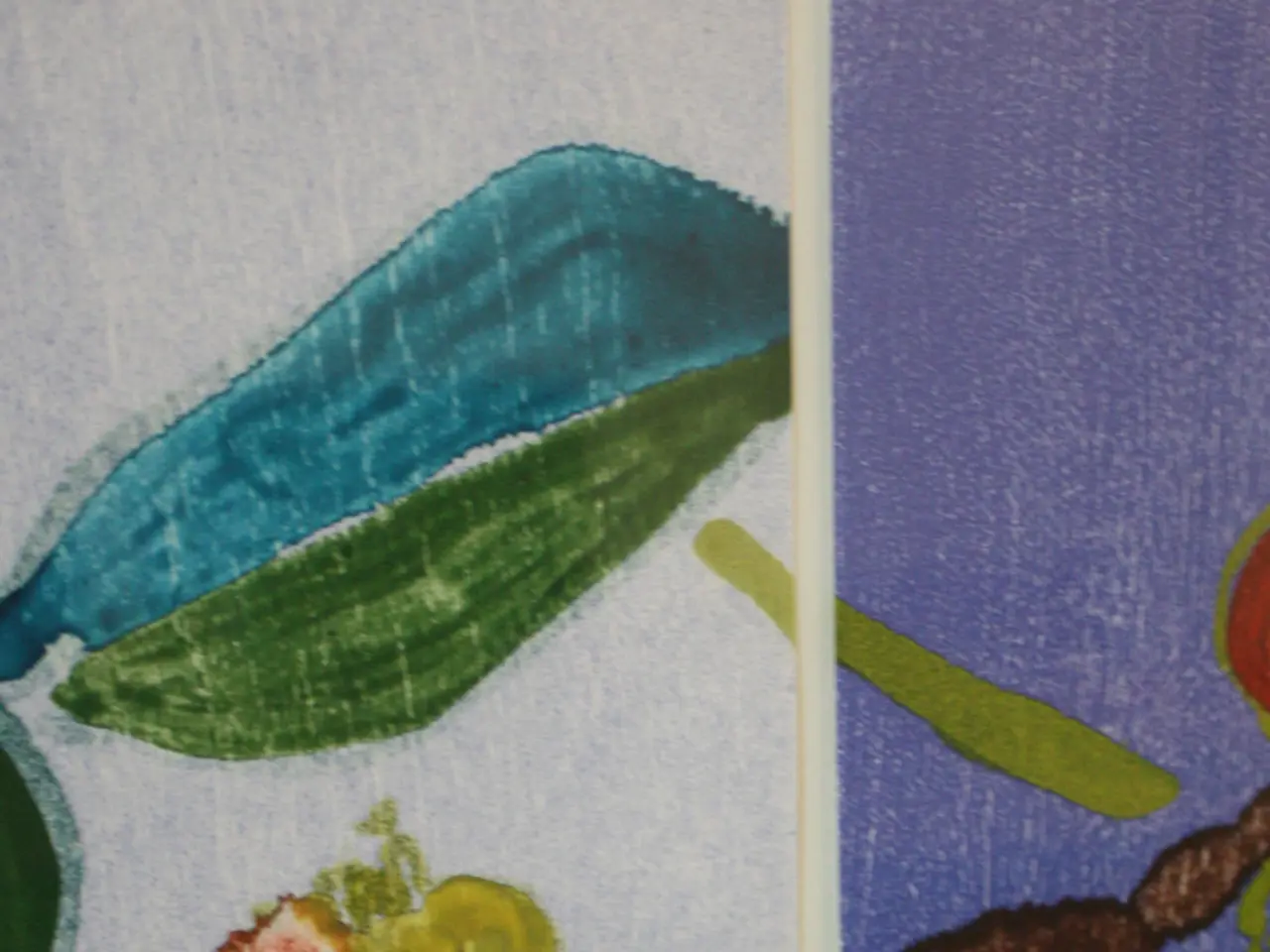Crafting Thank-You Notes Using Vegetable-Based Ink
Making your own veggie ink for eco-friendly thank-you notes can be a fun and cost-effective way to add a personal touch to your cards. By using natural pigments extracted from vegetables or flowers, you can create vibrant, unique colours that are kind to the environment.
Ingredients
To create your own veggie ink, you will need the following ingredients:
- Vegetables or plant material for colour: Examples include beets (red), spinach or kale (green), turmeric or marigold flowers (yellow), and blueberries (blue/purple).
- Binder: Gum Arabic or a similar natural binder to help the pigment adhere to paper.
- Preservative: Whole cloves or other natural antifungal agents to prevent mold growth.
Preparation
- Extract pigment by chopping or crushing the chosen vegetables/flowers, then simmering them gently in water to release the colour, or by crushing to make a concentrated juice.
- Optionally, strain the liquid to remove solids for smoother ink.
- Add gum Arabic as a binder to the extracted pigment.
- Add whole cloves or a similar natural preservative to prevent mold.
- Stir the mixture well until fully combined.
Storage
Store the ink in a sealed glass jar to prevent air exposure. Keep in a cool, dark place to minimize degradation. If mold develops, remove the cloves and add a few drops of natural preservatives like alcohol or vinegar to prolong shelf life. Use within a few weeks for best colour and consistency.
Tips for Using Veggie Ink
- Label containers clearly for easy identification.
- Use smooth, deliberate strokes to prevent blotting and ensure even coverage.
- Practice consistent pressure when working on botanical illustrations or detailed thank-you notes.
- Test veggie ink on different paper types to see how it reacts and adjust technique accordingly.
- Keep tools clean to prevent contamination and color muddiness.
Creative Ideas for Decorating Thank-You Notes
- Using vegetable stencils, tiny garden scenes, and vibrant backgrounds or accents can add a unique touch to your thank-you notes.
- Opt for plant-based inks, recycled paper, and biodegradable packaging to lessen your carbon footprint.
By choosing eco-friendly stationery and creating your own veggie ink, you can make a tangible impact on reducing environmental harm while adding a personal touch to your thank-you notes.
- Incorporating science and environmental-science, you can craft your own veggie ink for a more sustainable approach in health-and-wellness and lifestyle.
- With a connection to cooking, the choice of food-and-drink items like beets, blueberries, and turmeric can provide natural pigments for this DIY project in the realm of food-and-drink and nutrition.
- For eco-friendliness, using ingredients like gum Arabic, whole cloves, and natural preservatives in this recipe reflects a commitment to sustainable-living and home-and-garden practices.
- By experimenting with various plant materials, such as spinach, marigold flowers, and kale, you can explore the vibrant colors found in the realm of plant life, contributing to trends in the fields of fashion-and-beauty and lifestyle.
- The art of creating veggie ink can be considered a unique form of fitness-and-exercise for the mind, as it requires deliberate strokes and attention to detail – similar to puzzles or meditation.
- Embrace the idea of recycling and eco-friendliness as your create your own recipes for veggie ink, promoting a healthier environment and harnessing the power of your own home-and-garden wonders.








